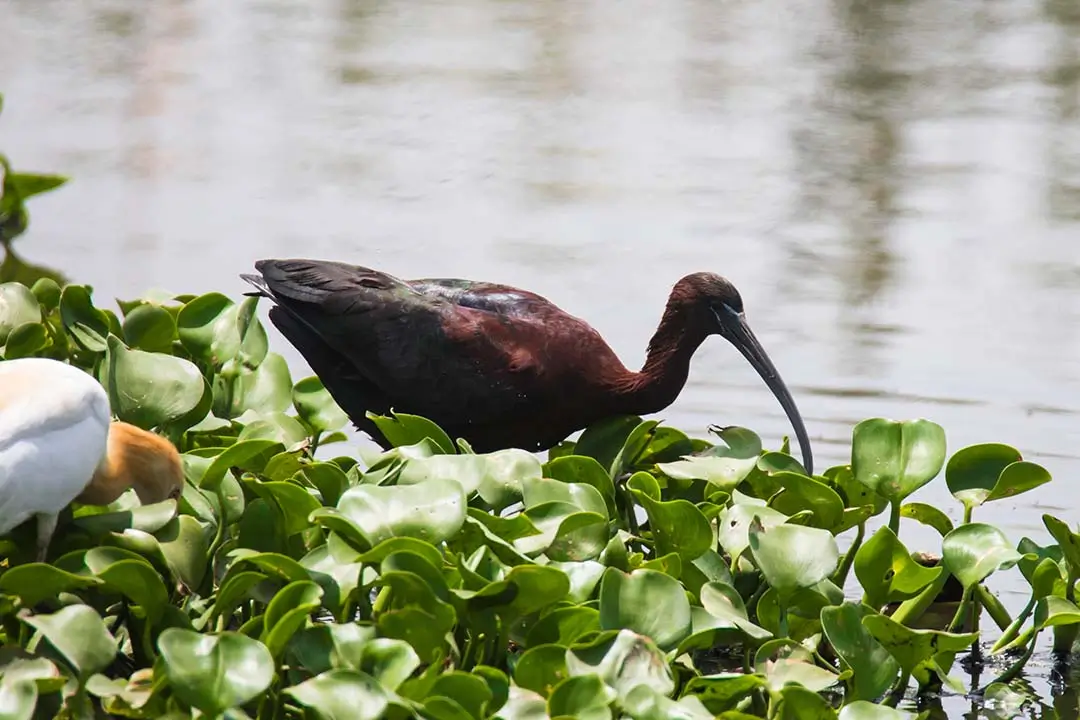
BIRDING IN
Victoria Falls

BIRDING IN
Victoria Falls

BIRDING IN
Victoria Falls

BIRDING IN
Victoria Falls
In 1851, Scottish missionary explorer David Livingstone first heard of the great waterfall, but it was only in 1855 that he set out to visit it. He spent the night on Kalai Island a few kilometres upstream of the falls, having come down river by foot, and the next morning set off in a small canoe to approach the thundering smoke he had seen from afar. He landed on the biggest island on the lip of the falls, now called Livingstone Island and from there obtained his first view of the fall. He wrote, “No one can imagine the beauty of the view from anything witnessed in England. It had never been seen before by European eyes, but scenes so lovely must have been gazed upon by angels in their flight”.
Victoria Falls known to locals as Mosi-oa-Tunya, or The Smoke That Thunders is one of the Seven Natural Wonders of the World and a UNESCO World Heritage Site with a staggering 750,000 m3 of water thundering down the cliff face per minute when it is in full flow around April each year, making it the largest waterfall in the world by volume. However, no amount of cold facts can prepare you for the sight of this unfathomably vast and powerful body of water that plunges into the Zambezi gorge. It truly is magnificent and remarkable, and a must-see for adventure and wildlife travellers from all over the globe. Remember to bring your cameras as it's impossible to take too many photos of Victoria Falls. Also remember to hire a raincoat when entering the small Mosi-oa-Tunya park connected to the falls; even in the dry season the spray form the falls can make you quite wet. The park is 'twin' to the Victoria Falls National Park on the Zimbabwean side.
Hike along the footpaths of the park, looking for some of the special bird species that occur here, including the beautiful Schalow's Turaco, loud Trumpeter Hornbill, quite rare Collared Palm Thrush, Verreaux's Eagle, Peregrine Falcon, Yellow-bellied Greenbul, White-browed Robin-chat, the localisedhollidayi subspecies of African Black Swift, Tropical Boubou, Red-winged Starling and many more. Swing by the Livingstone Sewage Works for a quick scan for birds and u will see; Striated and Purple Heron, Giant Kingfisher, Black-winged Stilt, African and Lesser Jacana, Allen's Gallinule, Reed Cormorant, African Sacred and Glossy Ibis, African Swamphen, Black Crake, African Reed Warbler, Wood Sandpiper, Fulvous and White-faced Whistling Duck, Northern Grey-headed Sparrow and Red-faced Cisticola.
Our Experts are ready to provide answers
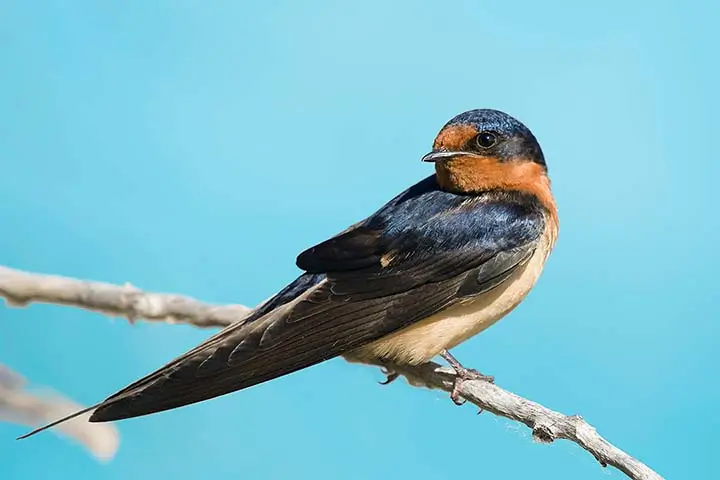
Bangweulu Swamps between Serenje and Samfya is the place for Shoebills, several camps and other good birding spots nearby e.g. Kasanka and Lavushi Manda National Parks.
Read More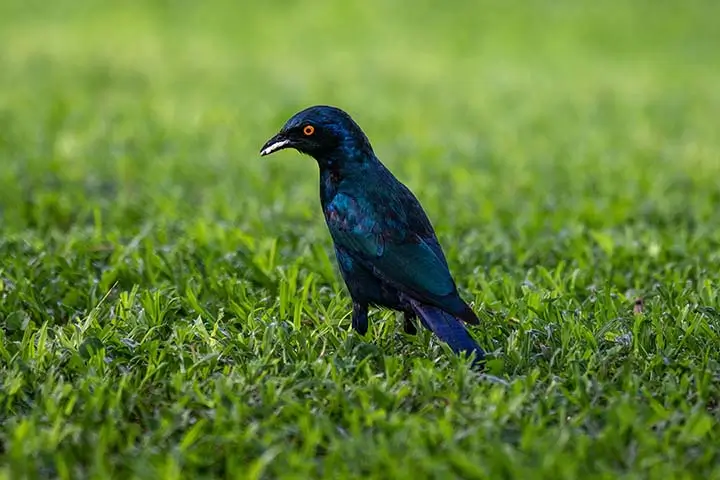
Chimfunshi is recognised as an Important Bird Area, an area recognised as being a universally important habitat for the conservation of bird populations. Chimfunshi is one of about 10,000 IBAs worldwide.
Read More
Kasanka is a great birding destination, with just over 470 species recorded in what is a very small area. The park is home to a few species at the edge of their range, more commonly associated with Central Africa.
Read More
Impressive water birds dominate the landscape after the rainy season. Large flocks of cranes, pelicans, storks, herons, ibises, spoonbills and ducks feed in the pans.
Read More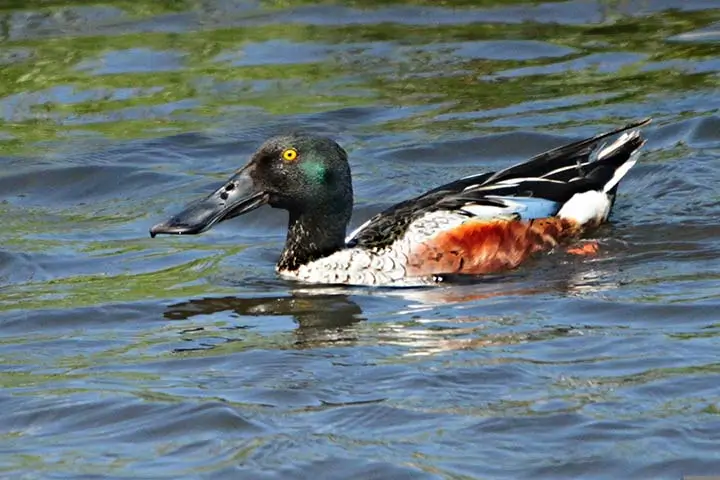
Some of the best wetland birding in the world can be seen here that is to saywaterbirds, camping or day trips.
Read More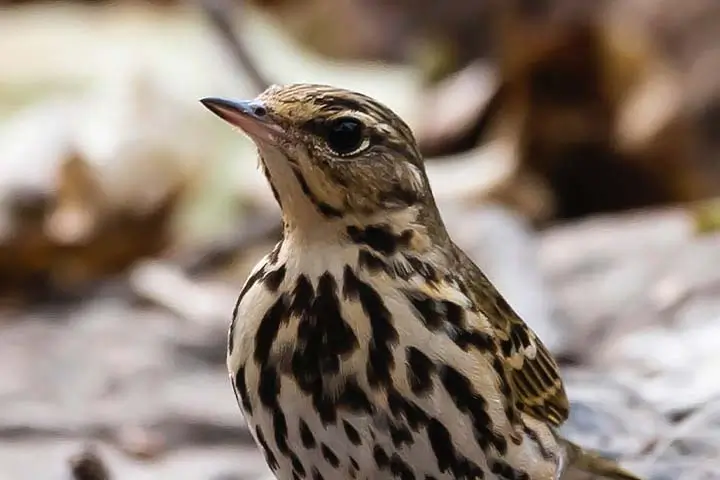
Mutinondo is listed as an Important Bird Area of special interest, with an incredible 362 species on the list; remarkable for such a small reserve.
Read More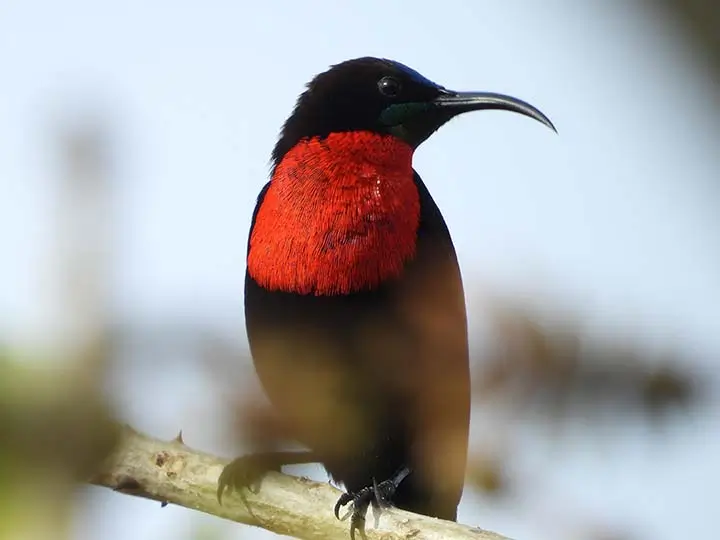
The Mwinilunga area is best known for the accessible Congo-Guinean forest areas and the big number of birding specials that can be found in the forest areas.
Read More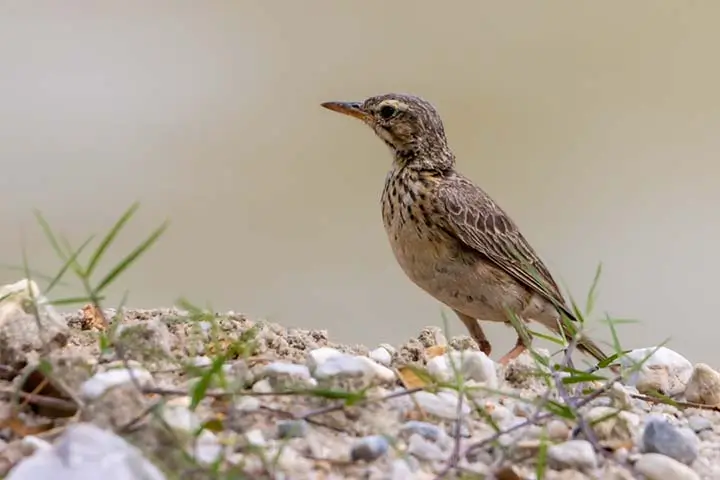
Nkanga River Conservation Area near Choma in southern Zambia, the best site for Zambia's endemic, Chaplin's Barbet, within easy reach of Victoria Falls, Kafue National Park and Lochinvar.
Read More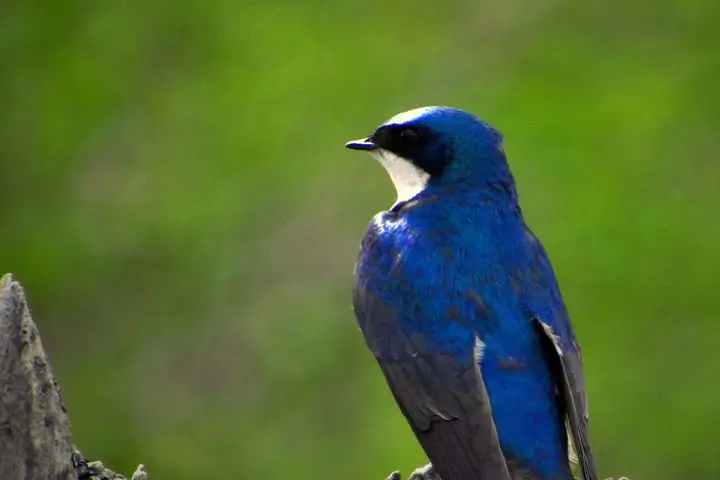
Nyika National Park is the best area to find all the montane specials, camping, or accommodation on Malawi side close by.
Read More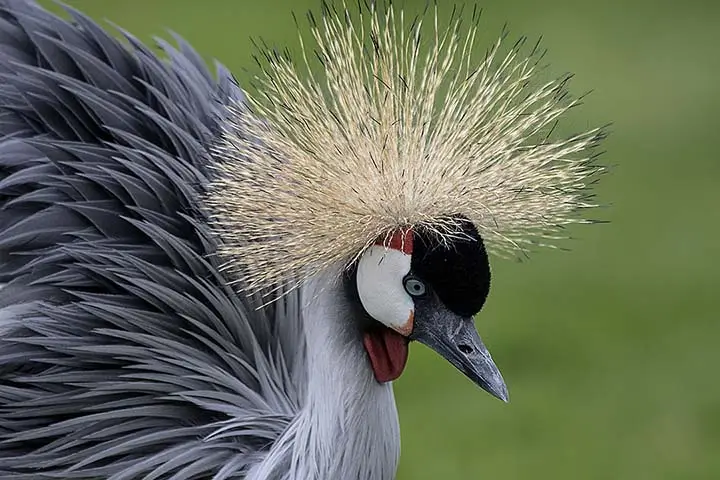
outh Luangwa is a birder's paradise. With about 400 of Zambia's 732 species of birds occurring in the park, including 39 birds of prey and a large number of migrants from northern climes, there is plenty for the birdwatcher to spot.
Read More